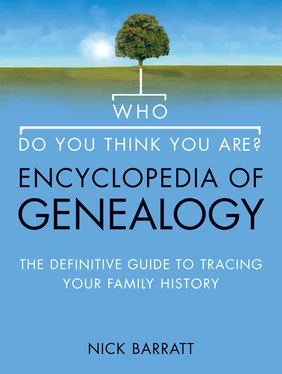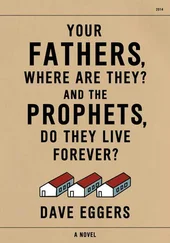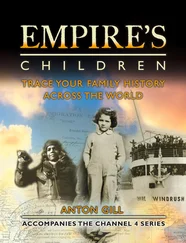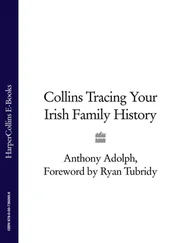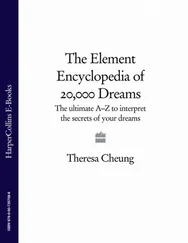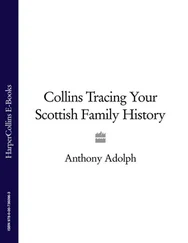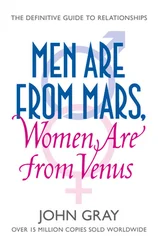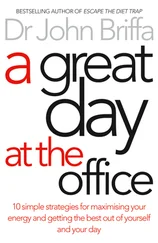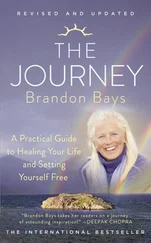The most complete set of registration certificates should be for deaths, but even some of these were missed in the early years of civil registration. Again it might be worthwhile searching for the burial in the appropriate parish, if known.
It is possible that the birth, marriage or death being searched for did not occur in England or Wales, and you may have to search in the Irish or Scottish records, discussed below. Alternatively, events may well have occurred overseas whilst a member of your family was on board a ship, serving in the armed forces or working in a colony in the British Empire. Information about looking for overseas civil registration is also discussed below.
‘ An incorrect entry into the index is the most common reason for not finding an entry.’
This is possibly the most common reason for not finding an entry, the mis-transcription by the clerk originally entering the information. Unfortunately, this was not so uncommon, especially in the earlier registers when everything was handwritten, making it difficult to read original certificates and therefore entering an index entry in the wrong place was an easy mistake to make. Certain letters are easily confused and this should be borne in mind when thinking of variant spellings:
• A capital handwritten B, P, D or even K can be easily confused
• It can be difficult to distinguish a ‘t’ from an ‘l’, an ‘m’ from an ‘n’ or an ‘e’ from an ‘i’ when handwritten
• As letters were often handwritten with large loops they could be easily misread and confused
• Some surnames have common variant spellings. For example ‘Matthews’ may be spelt ‘Mathews’, ‘Doherty’ as ‘Docherty’ or ‘Johnson’ as ‘Jonson’. Certain forenames may also have alternative spellings, such as ‘Sarah’ for ‘Sara’, ‘Conor’ for ‘Conner’ or ‘Coner’, or ‘Jane’ for ‘Jayne’.
Each step in the registration process could lead to a misspelling. Hence, by the time an entry has been placed in the national indexes the name could have altered a great deal. Thus if you have encountered a problem in the national indexes, try searching the local registers.
Another problem is that in the nineteenth century spellings were not necessarily uniform and some people spelt their names differently at various times. The relatively low level of literacy would also lead to inaccuracies as it would not be possible for people to ensure their names were spelt properly. In such circumstances the individual writing down the information would have to spell the name phonetically, which could lead to problems with uncommon surnames.
The last thing to remember is the use of nicknames, as information may be recorded either as the full correct name or as the more informal nickname. Hence, when looking for the birth of an ‘Anthony’, ‘James’ or ‘Nicholas’, remember to search for the shortened versions of these names – ‘Tony’, ‘Jim’ or ‘Nick’ – if you have no joy.
The growth of the Internet in the past 10 years has seen a huge growth of genealogical websites. Many commercial ventures have invested a large amount of time and money in digitizing many genealogical documents, including the GRO indexes and some local registers. It is now possible to search for your certificates online and, depending on which website you choose, many of these searches are also free of charge. Below is a list of some of the most useful online sources.
This is a free-to-view website run by volunteers who have been manually transcribing each single index entry in the GRO indexes. At the time of going to print the team has transcribed over 135 million records, with entries being relatively complete from 1837 to about 1915. It is an ongoing project and it is hoped that the whole period of civil registration will eventually be covered.
The main advantage of this site is that you can search for a particular name through a number of quarters all at once, rather than having to search through each quarter one by one. If you do find a relevant entry on the website it is advisable to double-check the entry with the original entry before ordering, in case of any transcription error.
This is the largest commercial genealogical website geared to the UK market currently on the Internet. Although many of its databases are only accessible upon payment, it is possible to search the GRO indexes online free of charge after registering your details on the website. Ancestry has scanned images of each page of the GRO indexes for every quarter, which means you need to search for an entry by going through each quarter at a time, as there is no single-name database or digital image of each individual entry.
This is another commercial genealogical website. It has placed the GRO indexes on its website in a similar fashion to Ancestry, by digitally scanning each page of every quarter for the entire civil registration period. Again, due to the digitization process you still need to search through each quarter as not every entry has been individually scanned. It is not free of charge but runs a pay-per-view service.
Family Relatives have also provided online access to digitized GRO indexes. There are fully transcribed searchable indexes for the periods 1866–1920 and 1984–2005, whilst it is possible to search the periods 1837–65 and 1921–83 by surname and browse the GRO index images. To use this service, you need to register as a user, log in and buy credits.
Along with placing the GRO indexes online, certain local archives and record offices are investing in placing their local registrar indexes online too. There are websites such as www.ukbmd.org.uk, which lists which local indexes have been transcribed or placed online.
Civil Registration of Britons Overseas
Millions of Britons have worked overseas in the armed forces, as civil servants in one of the colonial administrations that comprised the British Empire, or on board a vessel travelling between foreign parts. Although they were not incorporated in the main national or local civil registration indexes, attempts were made to register as many of these people as possible, and the records are analysed here.
Overseas registers have been kept by the GRO and duplicate certificates can be purchased via the links on the GRO website www.gro.gov.uk once you’ve found the correct registration reference. There are indexes available on microfiche at The National Archives at Kew and other archives, or online at www.findmypast.com. These are broken down by period and type, covering:
• General indexes from 1966
• Colonial and ex-colonial indexes, 1940–81
• Civilian indexes 1849–1965, consular registers of births, marriages and deaths
• Civilian indexes 1837–1965, marine registers of births and deaths
• Civilian indexes 1947–65, air registers of births and deaths
• Civilian indexes, various foreign registers
• Military indexes 1761–1924 regimental births
• Military indexes 1796–1880 chaplains’ returns of births, marriages and deaths
• Military indexes 1881–1955 army births, marriages and deaths
• Military indexes 1956–65 army, navy, RAF births and marriages
• War deaths 1899–1948
In addition, there are separate consular records for people who were baptized or married or whose death was recorded at a British embassy or consulate. These records are predominantly held at The National Archives in a variety of record series. For a full list of countries covered, and where the records are stored, you should consult The British Overseas: a guide to records of their births, baptisms, marriages, deaths and burials available in the United Kingdom (3rd edition, 1994) published by Guildhall Library. Further information is likely to be held in consular correspondence, which is also held at The National Archives in series FO 83 and FO 97, with an index available in document FO 802/239. Records of non-statutory registers, many of which relate to births overseas and on board ships, can be found in the collected archives of the Registrar General at The National Archives in series RG 32–36.
Читать дальше
